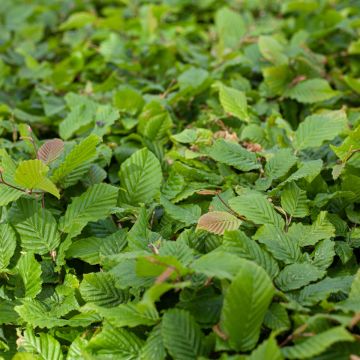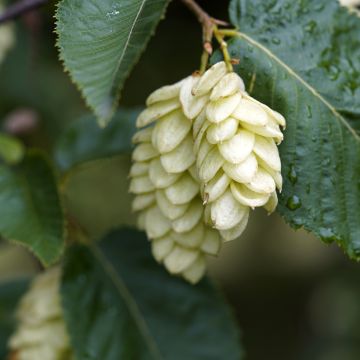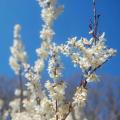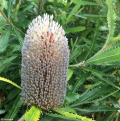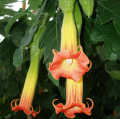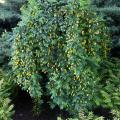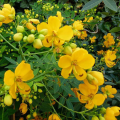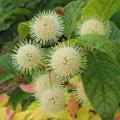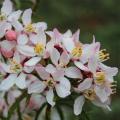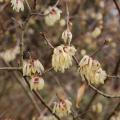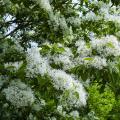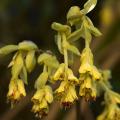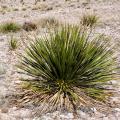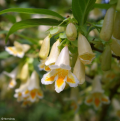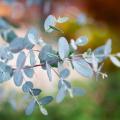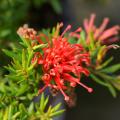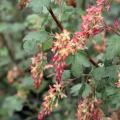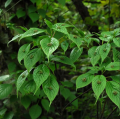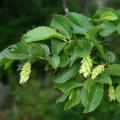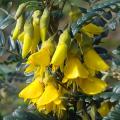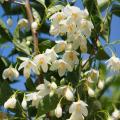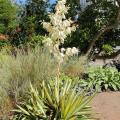Carpinus - Hornbeam, all our special offers
Does this plant fit my garden? Set up your Plantfit profile →
Available in 5 sizes
Available in 2 sizes
Hornbeams, well known in the form of the Common Hornbeam (Carpinus betulus), are large hardy forest trees often used in parks and large gardens, groves and hedges, to create mazes and pergolas or as street trees. With its marcescent foliage, which turns from green to golden yellow in autumn while remaining attached to the branches until being replaced by new leaves, the hornbeam has good screening power, remains decorative all year round, and plays its role as a windbreak. This species, which responds well to pruning, is also suitable for all the gardener's needs. The charm of the hornbeam is in its habit and autumn colours, for example with the fastigiate Hornbeam (Carpinus betulus fastigiatus) with its pyramid shape, 'Rockhampton Red' and its flamboyant colours, or 'Pendula' with its curious weeping habit. Hornbeams, not demanding in terms of soil and exposure, preferring to be planted in deep, rich, clay and well-drained soil, even limestone.
Haven't found what you were looking for?







































